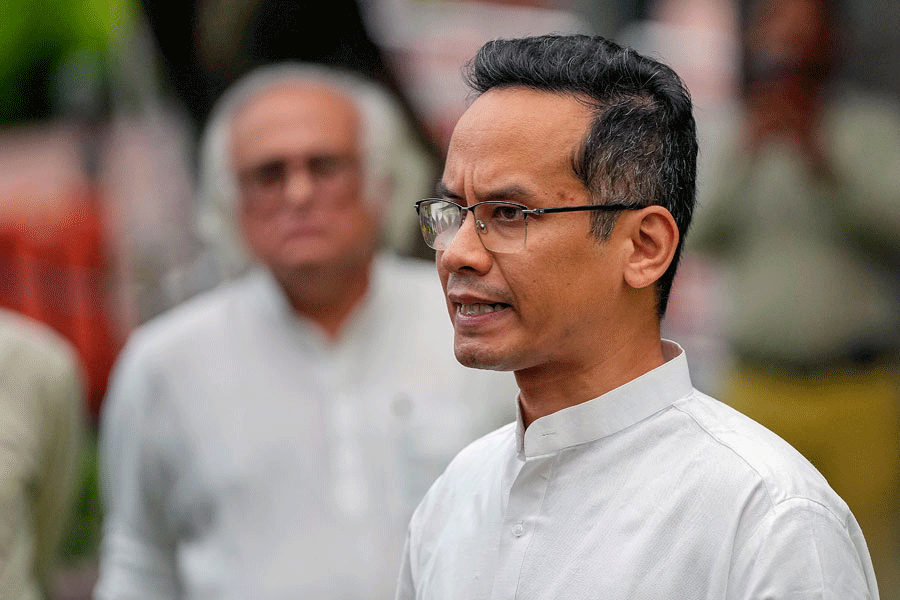 |
Patna, April 12: Gopalganj continues to be an island within Bihar — the only district of the state which boasts of a sex ratio in which females outnumber males.
The district has 1,015 females for every 1,000 males as per the 2011 Census report.
Gopalganj had a very healthy sex ratio in the 2001 Census as well, of 1,001.
Experts are divided on why Gopalganj continues to have a sex ratio more favourable to women in a state where preference for a male child is well known and where no other district has more females than males.
Some demographers see the explanation in migratory labour.
“A good number of the male population of this district migrate to other states and even outside the country in search of employment. As the majority of those opting for migration are from the low income group, they leave behind their family members in Gopalganj. This may be a possible reason for the kind of sex ratio the district boasts of,” said Arun Kumar Sinha, honorary director, Population Research Centre.
He said testimony to the large-scale migration of male members from the district was the fact that Gopalganj figured in the list of those districts across India which receives the highest amount of money order in terms of numbers.
Throwing some more insight into the migration aspect, Ras Bihari Singh, expert on population geography and head of the department of geography at Patna University, said: “Male migration from Gopalganj district was prevalent even in the pre-Independence era. In those days, a large number of male members used to migrate to Assam to work in the tea gardens. The destination changed over the years but the trend of migration continued.”
He said that after migration of male members, the families are headed by women. Hence chances of female foeticide were minimal and this would certainly have worked as a factor determining the healthy sex ratio in the district.
Gopalganj-based social worker Shweta Singh, who is into social work for the past 15 years, attributed the healthy sex ratio to the prevalent social belief that a girl child was good omen for the family.
“I am saying so on the basis of my direct interaction with the people. In rural areas, people are more respectful towards girl children,” she said.
She said the good performance by girl students in their careers had further bolstered people’s belief that girls were good omen for the family.
“Believe it or not, people have started talking that the day is not far when those having sons would have to come up with marriage offers for girls.”
In Bihar society, such an initiative is generally taken by the girls’ family. The health department in Bihar is planning to carry out a detailed study of the district to dig out the reasons for the favourable sex ratio.
“As the state has witnessed overall decline in sex ratio, the case study of Gopalganj can give us some lead for addressing this issue of declining sex ratio,” principal secretary, health, Amarjeeet Sinha told The Telegraph.
This apart, the health department has also decided to work on a two-pronged strategy to address the female foeticide issue.
“On the one hand, we intend to replicate the method adopted in Tamil Nadu to check female foeticide. On the other, we stand for replication of the Hyderabad model,” Sinha said.
In Selam and Dharmapuri districts of Tamil Nadu, a method was adopted in which the news of pregnancy of a woman used to be celebrated in villages. Such celebrations work as a deterrent for those willing to go for female foeticide.
In case of Hyderabad, the Andhra Pradesh government took special initiatives to implement the Pre-Natal Diagnostic Technique (PNDT) Act to curb female foeticide.
“As both these methods have delivered the desired results, we intend to do something similar in Bihar,” said Sinha.










